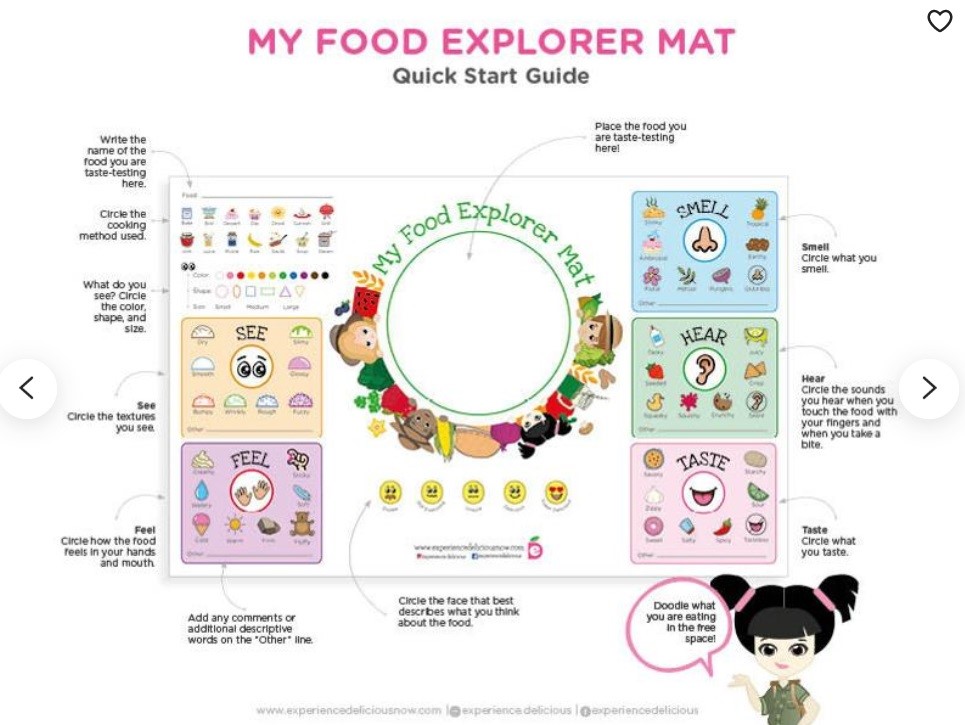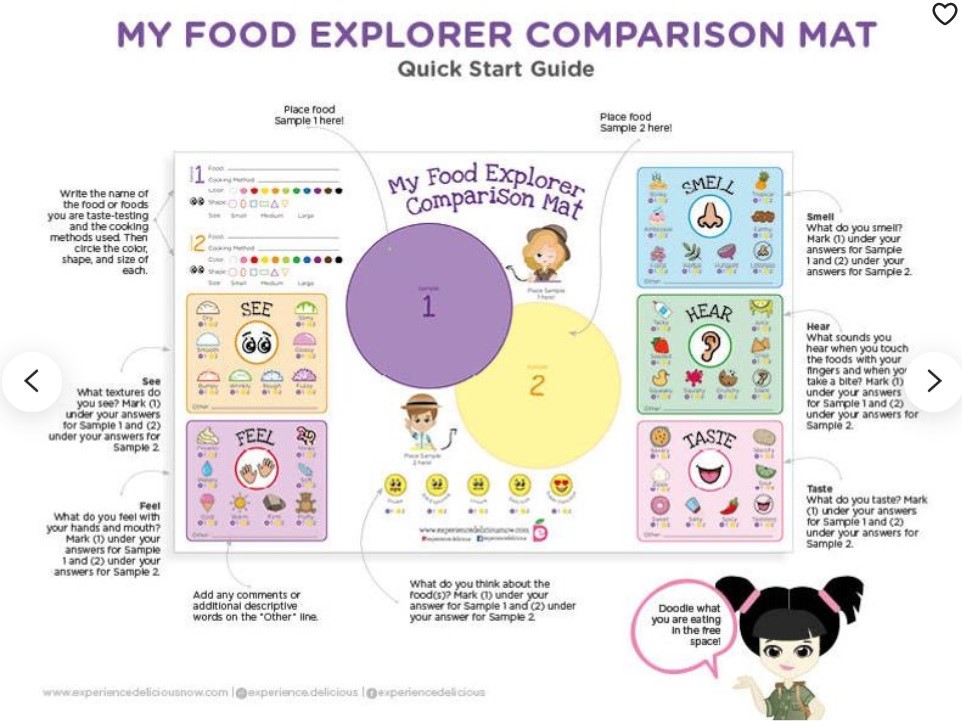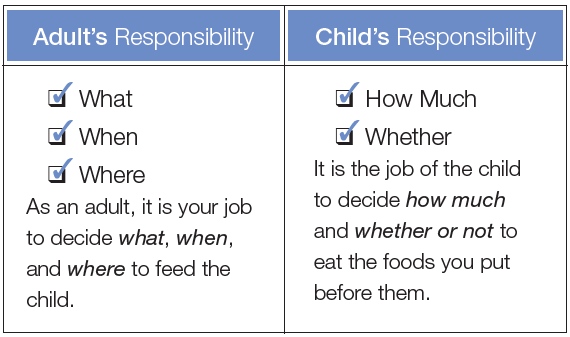How to get Kids Involved at Home with a Simple Food Activity!

Everyone is feeling the ripple effects of school/daycare closures among many other cancellations and postponed events. To say that people are overwhelmed might be an understatement.
Nüton wants to help families get through this using the power of food. Exploring food and cooking is not only a good activity for long days spent at home, but it’s also a great opportunity to teach kids about science and math…and so much more!
To help you lighten things, here are our top tips on getting kids involved in the kitchen, while learning and having fun!
Best part? You don’t need anything fancy to get started.
Step 1. Create your own Food Exploration Mat
or order/download one from here!
Step 2. Unleash your inner artist!
- Collect your arts and craft supplies
- You will need: construction paper, markers/crayons/pencil crayons
- Optional: laminate and use dry erase markers
- Use images below to help create your mat (we suggest using both sides)
Side 1

Side 2

https://www.etsy.com/ca/listing/741354586/placemats-for-kids-five-senses-picky?ref=shop_home_feat_1
- Set your mat up so that children can comment on:
- The name of the food(s)
- The colour of the food(s)
- The shape of the food(s)
- The size of the food(s)
- Have a spot for the food item(s) to be placed (middle circle) and let children draw it out as well if they would like to (its time to let the inner Van Gogh’s out!)
- Then divide your mat based on the 5 senses (see, feel, smell, hear and taste) surrounding the food(s)
Step 3: How to use the mat
- The goal is to explore foods using our 5 senses (see, feel, smell, hear and taste)
- We can also compare foods using the other side of our mat
- Talk about the foods you explore in a neutral, simple and factual manner* (e.g., colours, textures, shapes, sizes, texture/feel, sounds when taking a bite, flavor, smells, where does it come from, cooking methods)
- Below are some recipes! Try comparing the ingredients to one another using your mat
*Language matters! Try to avoid using evaluative language when talking about foods with children (e.g., good, bad, healthy, unhealthy, junk, etc.). Try to keep it neutral, factual, and descriptive.
Step 4: Food preparation
- After exploring the foods for your recipe get kids involved in the kitchen
- Give each interested child a turn to be involved with preparing and serving the foods (e.g., measuring, stirring, washing, cutting, spreading, sprinkling, scooping, serving, cleaning, setting the table, etc.).
Step 5. Tasting Opportunity
- Sit down and enjoy the foods together (remember you are the role model)
- Allow children an equal opportunity to taste without pressure to have ‘just one bite’*
- If a child tries the food try to remain neutral in our responses- An example would be, “I see you tried (insert food here). How did you like them?”
*Try following Ellyn Satter’s Division of Responsibility. Follow this link to learn more!
